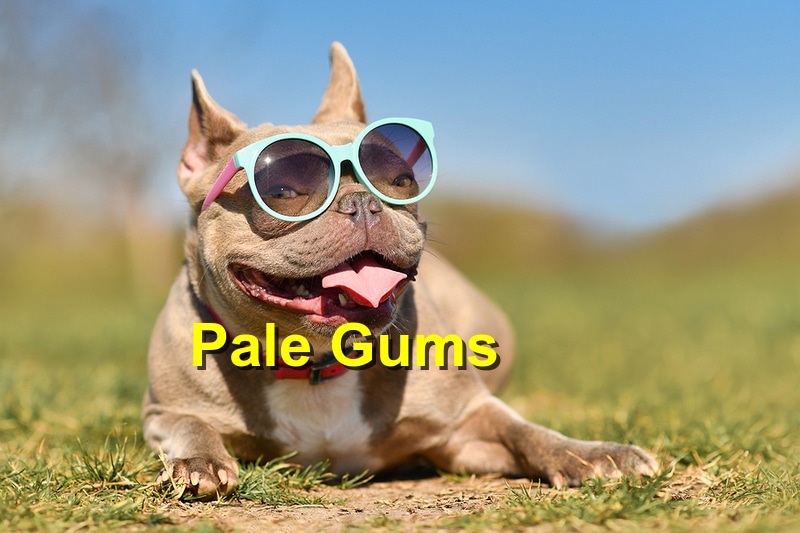Your dog’s gums should be naturally pink in color. If you happen to notice a color change, it could be an indication that some action needs to be taken to save the dog. Pale or white gums are indications of possible health issues. The main indications could be blood clotting disorders, internal bleeding, or anemia although some of the causes are more serious than others. to observe the condition of the gums just lift the upper lip of your dog safely without causing distress to the dog. Any color short of pink or red should be a cause to worry. In this piece, we introduce you to some of the causes of pale gums and what to do.
Causes of Pale Gums in Dogs
Pale gums are more of a symptom of an underlying condition rather than a diagnosis and could be caused by different things. Some of the causes include the following.
- blood clotting disorders
Internal blood clotting issues within the gums of the dog are a common cause of paleness in your dog’s gums. These blood clotting issues could lead to prolonged bleeding internally which leads to paleness. In severe cases, the dog could develop serious complications which require a veterinary officer.
- Cancer
Dogs are prone to cancer just like humans. Some types of cancer affect the body’s ability to produce red blood cells, which can lead to pale gums. Paleness in gums is therefore manifest as a symptom of cancer that requires professional medical attention, although this is normally accompanied by other signs.
- Anemia
Anemia is a disorder that affects the quality and quantity of blood. These effects could lead to inadequate blood in the system or inadequate red blood cells. The limited amount of blood leads to paleness.
- Kidney and Heart Disease
Kidney disease can affect the body’s ability to produce red blood cells which makes the gums appear pale. On the other hand, heart disease causes the heart to have limited power to pump blood which leads to paleness in the gums. This disease manifests through coughing frequently or having a swollen abdomen from the presence of fluid due to heart disease.
How to Deal with Pale Gums
In most cases, pale gums are a sign or symptom of a more serious underlying condition. We recommend consulting your veterinary officer in cases of these signs for diagnosis and treatment.
Conclusion
Paleness in dogs’ gums is a common disorder that often leads to more serious complications. We have provided a quick guide that we recommend trying in case you notice the signs.
References: Hepper, Thevets, VetEmergencies





